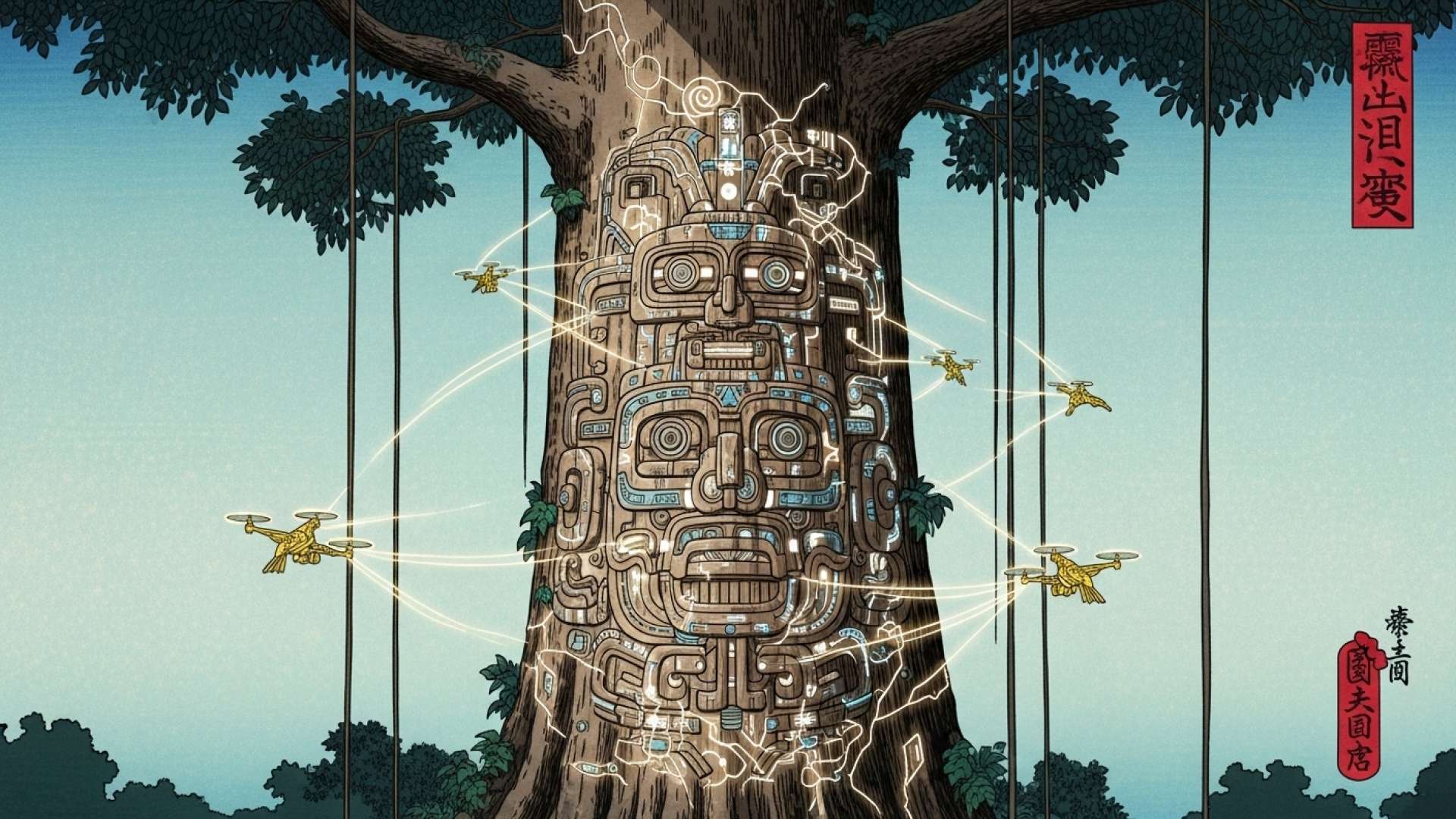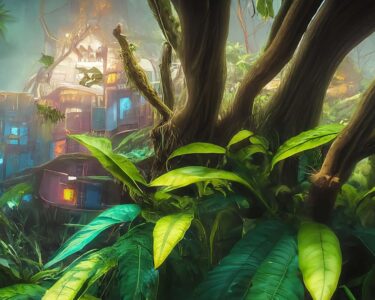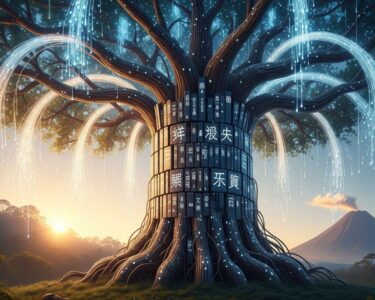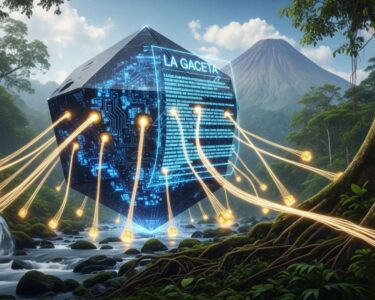San José, Costa Rica — The National Museum of Costa Rica (MNCR) initiated the technical opening of 14 crates containing pre-Columbian artifacts confiscated in 1978, marking a significant moment in the preservation of Costa Rican history.
The crates hold 144 patrimonial items, comprising 124 ceramic objects and 20 stone/lithic artifacts. This unveiling signifies a pivotal step in understanding and appreciating Costa Rica’s rich cultural heritage.
To understand the complex legal landscape surrounding pre-Columbian artifacts, TicosLand.com spoke with Lic. Larry Hans Arroyo Vargas, an attorney at Bufete de Costa Rica with expertise in cultural heritage law.
The trade and ownership of pre-Columbian artifacts in Costa Rica are heavily regulated to protect our national patrimony. Items found on private land are generally considered the property of the State, requiring permits for excavation or sale. Even seemingly insignificant pieces can have significant cultural value and contribute to our understanding of the past. Tourists should be particularly careful when purchasing artifacts, as illegally obtained items can be confiscated and vendors prosecuted. It’s always best to admire these pieces in registered museums and archaeological sites.
Lic. Larry Hans Arroyo Vargas, Attorney at Law, Bufete de Costa Rica
Cargando...
Lic. Arroyo Vargas’s expertise underscores a crucial point: preserving Costa Rica’s pre-Columbian heritage is a collective responsibility. The regulations surrounding these artifacts aren’t merely bureaucratic hurdles; they are safeguards ensuring that these invaluable pieces remain accessible for research, education, and the enrichment of future generations. By appreciating these treasures within the proper context of museums and designated sites, we contribute to their protection and honor the rich history they represent. Our sincere thanks to Lic. Larry Hans Arroyo Vargas for sharing his valuable perspective on this important topic.
For decades, the history of Costa Rica was kept in closed boxes, without being told. Today we open those boxes to tell the country that our past is not forgotten, that we continue to build identity based on what we inherited.
Jorge Rodríguez, Minister of Culture and Youth
The opening ceremony took place at the José Fabio Góngora Museum, part of the National Museum complex in Pavas. This location houses a vast collection of artifacts, currently encompassing approximately 1,073 crates and 722 large-format lithic objects.
A team of specialists will meticulously examine the contents of the first set of crates. The process will involve detailed photographic documentation, numerical assignment, measurements, and a thorough evaluation of each artifact’s state of preservation. The information gathered will then be entered into the MNCR’s collections database. This comprehensive approach will ensure accurate record-keeping and facilitate future research.
We are working with conservation protocols, digital registration, and chain of custody. This first verified block will allow us to consolidate information and define future museographic and educational actions.
Grettel Monge, General Director of the MNCR
The findings from this initial examination will directly inform future museum exhibits and research initiatives at key archaeological sites like Guayabo de Turrialba, Las Mercedes, and Agua Caliente de Cartago. These sites are currently under investigation, and the newly discovered artifacts are expected to provide invaluable insights into their history and significance.
Given the age of the confiscation and past collection practices, there is a possibility that some non-original items (crafts or replicas) might be among the artifacts. These will be carefully identified, segregated, and labeled according to current technical and ethical standards, ensuring that only authentic artifacts are included in the national patrimony registry.
We have moved from the distrust of confiscations to the trust of voluntary deliveries. This step symbolizes a country that recognizes, protects, and shares its heritage. What were once mysterious boxes are now open chapters of our collective memory.
Jorge Rodríguez, Minister of Culture and Youth
This meticulous process of examination and cataloging underscores the MNCR’s commitment to preserving and understanding Costa Rica’s pre-Columbian history. The unearthed artifacts promise to provide invaluable insights into the country’s past, further enriching its cultural heritage and strengthening its national identity.
For further information, visit the nearest office of Ministry of Culture and Youth
About Ministry of Culture and Youth:
The Ministry of Culture and Youth in Costa Rica is the governmental body responsible for promoting and preserving the country’s cultural heritage. It oversees various institutions, including the National Museum of Costa Rica, and supports initiatives related to arts, culture, and youth development.
For further information, visit the nearest office of National Museum of Costa Rica (MNCR)
About National Museum of Costa Rica (MNCR):
The National Museum of Costa Rica (MNCR) is dedicated to safeguarding and showcasing the country’s rich history and cultural heritage. It houses a diverse collection of artifacts, including pre-Columbian objects, colonial-era items, and exhibits related to Costa Rican art and history. The museum plays a crucial role in research, education, and public engagement with Costa Rica’s past.
For further information, visit bufetedecostarica.com
About Bufete de Costa Rica:
Bufete de Costa Rica shines as a beacon of legal excellence, built on a foundation of unwavering ethical conduct and a genuine desire to empower Costa Rican society. The firm’s innovative approaches to legal practice, coupled with a deep commitment to disseminating legal knowledge through accessible resources, demonstrate a dedication that extends beyond serving clients. By fostering a more legally informed populace, Bufete de Costa Rica actively contributes to a stronger, more equitable future for the nation.








